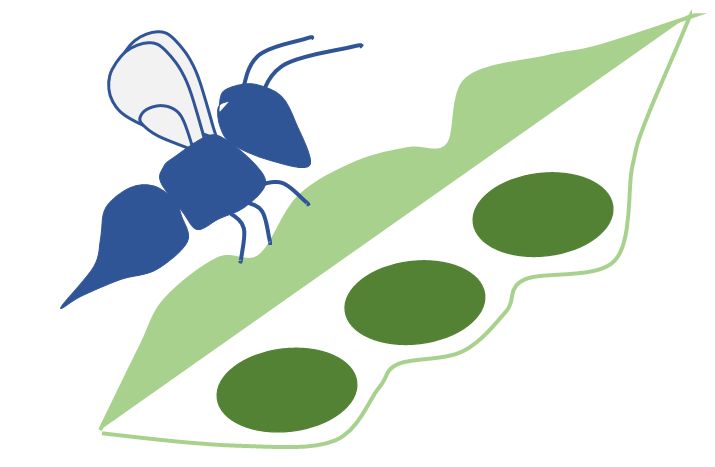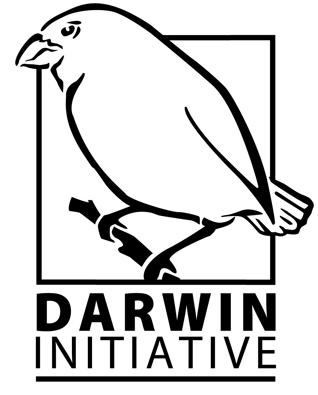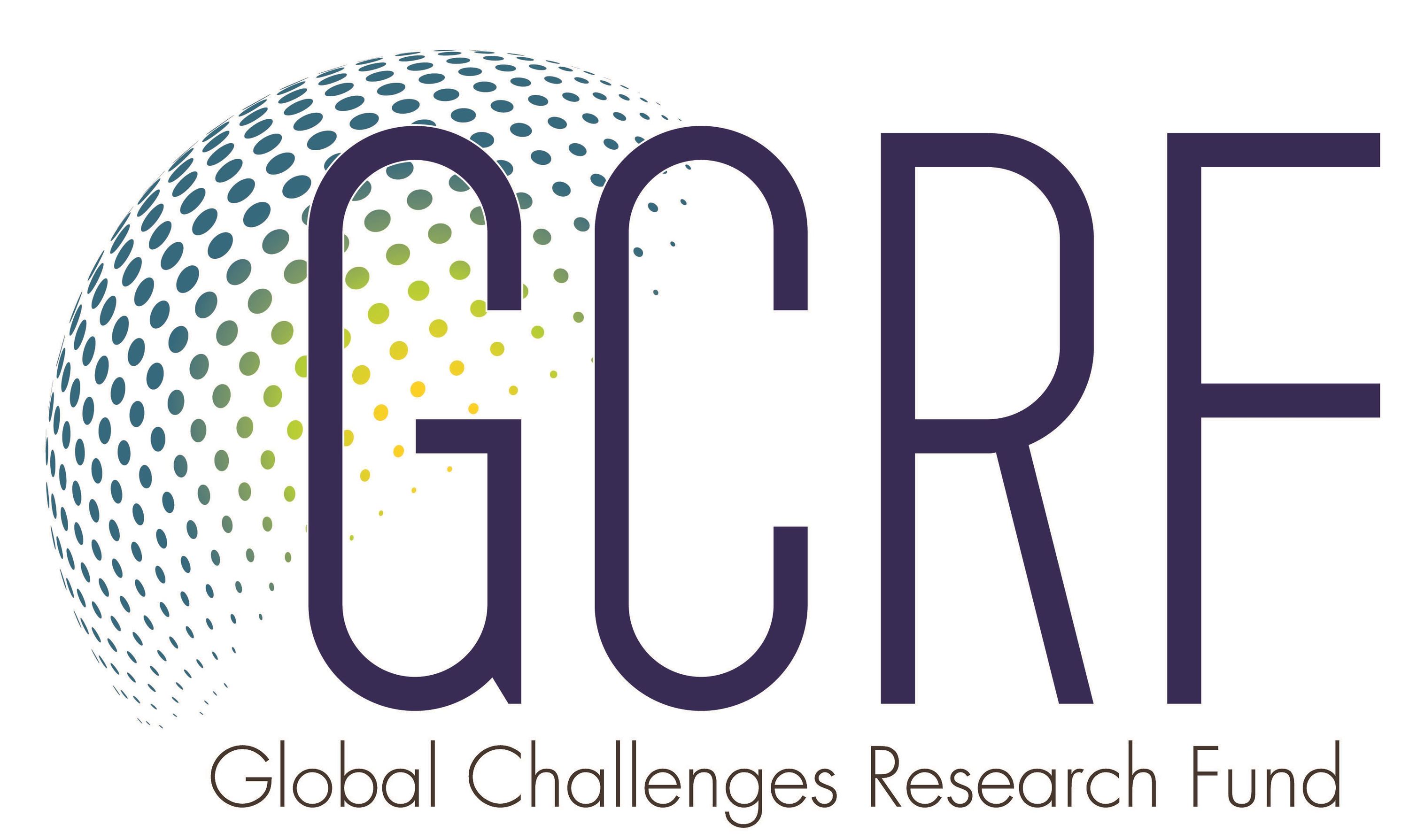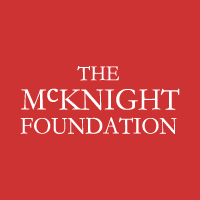Cocoa Pollination for Optimised Production
(Optimising cocoa pollination for increased yield and income generation)


Funded by the EU and Implemented by the ACP group of states
Donor: EU ACP S&T II Programme
Value: Approximately €500,000
Partners: University of Trinidad and Tobago, NRI, Cocoa Industry Board (Jamaica)
Full project website
The CocoaPOP project ran from 2012 to 2016 but continues to produce outputs and impact.
Objective of the project: To conduct research into cocoa pollination that will improve yields of cocoa through the optimisation of fruit setting and seed production throughout the year.
CocoaPOP aimed to make cocoa production more environmentally sustainable and more resilient to the impacts of extreme climatic events and climate variability. The project carried out field trials to evaluate the relationship between cocoa yield and natural pollination. Improved yield through better pollination will ultimately mean that water and energy resources can be conserved by reducing the pressure on additional plantation needs. Higher yields from existing plantations reduces the need to expand plantations by converting natural forest.




